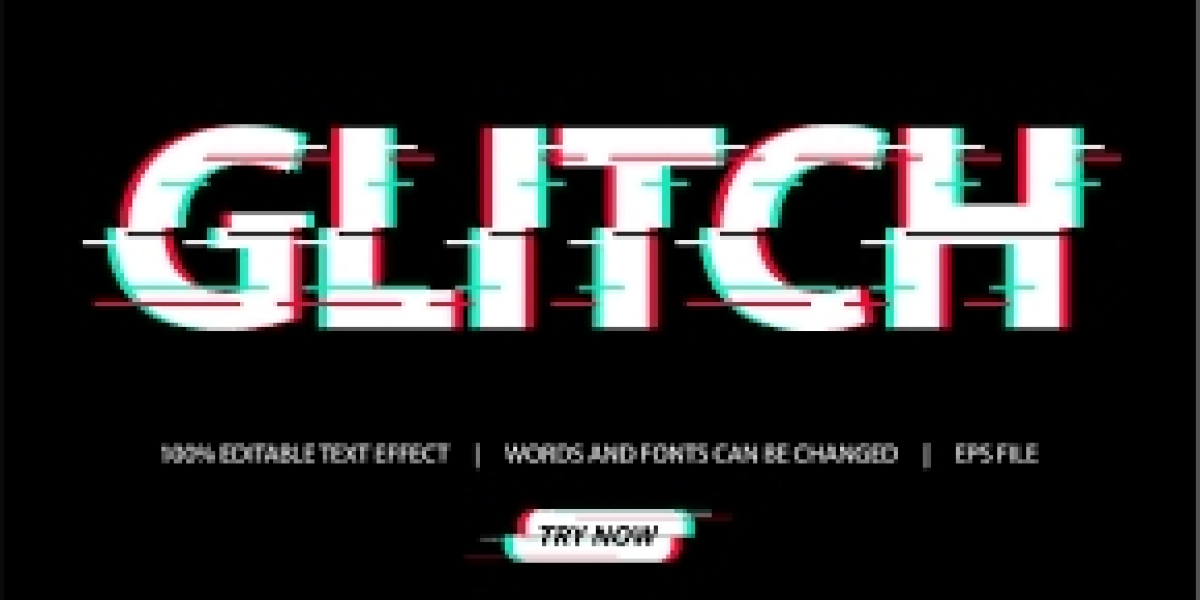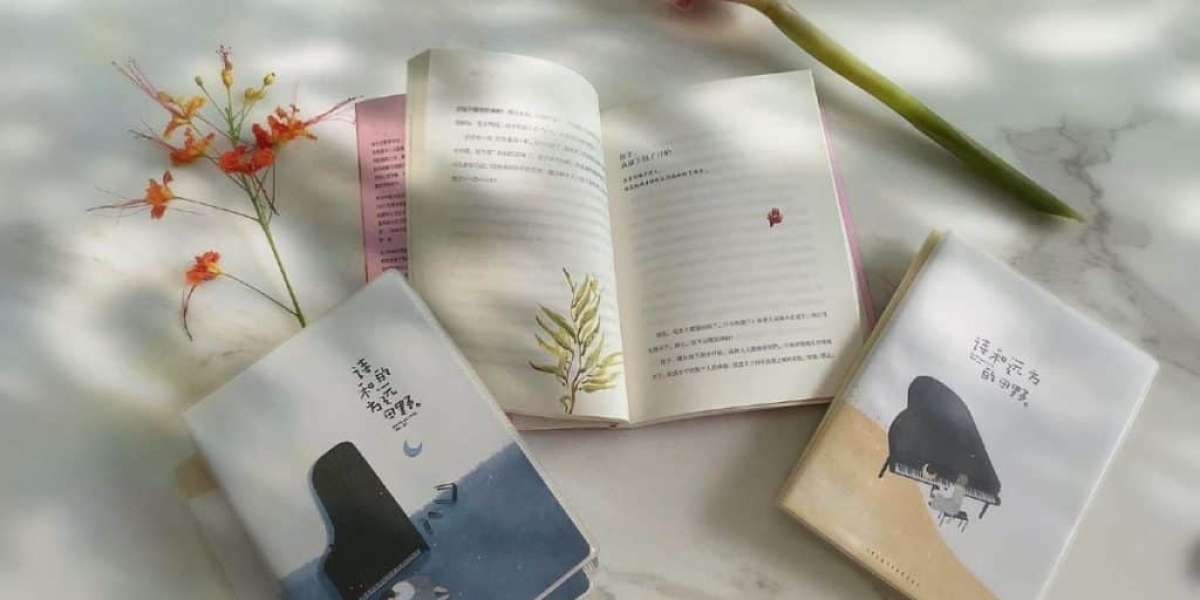Exploring the Glitch Font: A Fusion of Art and Typography
Introduction
Glitch font are a mesmerizing fusion of art and typography that have gained popularity in digital design and media. These fonts mimic the visual effects of digital glitches, creating a sense of disruption and dynamism. In this article, we will delve into the origins, aesthetics, applications, and techniques for creating glitch fonts, as well as their impact on modern design.
The Origins of Glitch Art
Historical Context
Glitch art has its roots in the early days of digital technology. As computers and digital devices became more prevalent, so did the occurrence of technical malfunctions and glitches. Artists and designers began to see beauty in these errors, turning them into a form of creative expression.
Evolution of Glitch Aesthetics
The aesthetics of glitch art evolved from simple pixelated errors to complex, intentional distortions. This evolution was driven by advancements in technology and the desire to push the boundaries of traditional art forms. Glitch art moved from the fringe to mainstream culture, influencing various design disciplines.
Characteristics of Glitch Fonts
Visual Elements
Glitch fonts are characterized by their fragmented, distorted, and chaotic appearance. Common visual elements include broken lines, pixelation, color shifts, and random noise. These elements mimic the look of corrupted digital files and malfunctioning screens.
Emotional Impact
The erratic nature of glitch fonts can evoke a range of emotions, from nostalgia and curiosity to discomfort and unease. This emotional impact makes glitch fonts particularly effective in conveying themes of disruption, technology, and the unknown.
Applications of Glitch Fonts
Graphic Design
In graphic design, glitch fonts are used to create eye-catching visuals that stand out from traditional typography. They are often employed in posters, album covers, and branding materials to convey a sense of modernity and edginess.
Web Design
Web designers use glitch fonts to add a dynamic and interactive element to websites. By incorporating animated glitch effects, designers can create a visually engaging experience that captures users' attention and enhances the overall aesthetic.
Digital Art
Glitch fonts are a staple in digital art, where artists use them to explore themes of digital decay, cyberpunk, and post-apocalyptic futures. These fonts add a layer of complexity and intrigue to digital artworks, making them visually compelling and thought-provoking.
Techniques for Creating Glitch Fonts
Manual Glitching
Manual glitching involves intentionally corrupting digital files to create unique distortions. This can be done by manipulating image files in text editors or using specialized software to introduce errors. The results are often unpredictable, adding an element of surprise to the design process.
Software Tools
There are several software tools and plugins available for creating glitch fonts. These tools allow designers to apply glitch effects to existing fonts or create custom glitch typefaces from scratch. Popular tools include Adobe Photoshop, After Effects, and online glitch generators.
CSS and HTML
For web designers, CSS and HTML can be used to create glitch effects on text elements. By using keyframes and transitions, designers can animate text to simulate glitches, creating an interactive and dynamic user experience.
Case Studies: Iconic Uses of Glitch Fonts
Music Industry
In the music industry, glitch font have been used on album covers and promotional materials to convey the experimental and avant-garde nature of the music. Notable examples include album covers by artists in the electronic and alternative genres.
Film and Television
Glitch fonts are often used in film and television to create titles and credits that set the tone for sci-fi, horror, and thriller genres. The distorted text enhances the sense of suspense and otherworldliness, drawing viewers into the narrative.
Branding and Advertising
Brands looking to position themselves as innovative and cutting-edge have embraced glitch fonts in their advertising campaigns. These fonts help brands stand out in a crowded market and appeal to tech-savvy, trend-conscious consumers.
The Future of Glitch Fonts
Technological Advancements
As technology continues to evolve, so will the capabilities for creating glitch fonts. New software and techniques will enable even more intricate and dynamic glitch effects, pushing the boundaries of what is possible in digital typography.
Cultural Impact
Glitch fonts will likely continue to influence and reflect cultural trends, particularly in the realms of digital art, cyberpunk aesthetics, and the ongoing dialogue between technology and society. Their ability to convey disruption and innovation ensures their place in future design trends.
Conclusion
Glitch fonts represent a fascinating intersection of art and technology, offering a unique way to convey themes of disruption and modernity. From their origins in digital errors to their widespread use in contemporary design, glitch fonts have become a powerful tool for artists and designers. As we look to the future, the continued evolution of glitch fonts promises to bring even more exciting and innovative possibilities to the world of typography.









